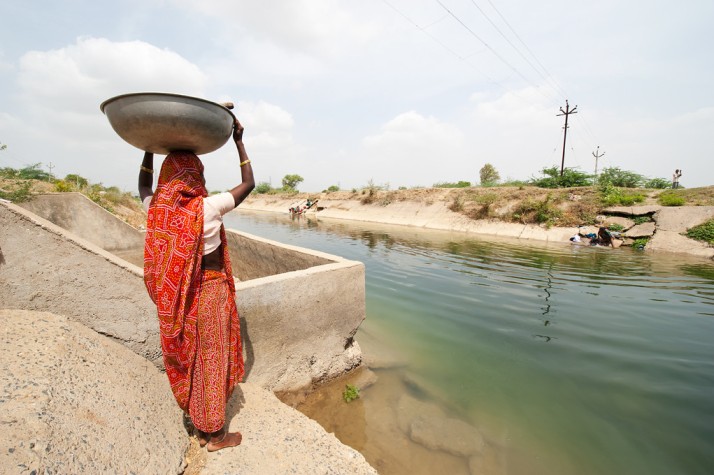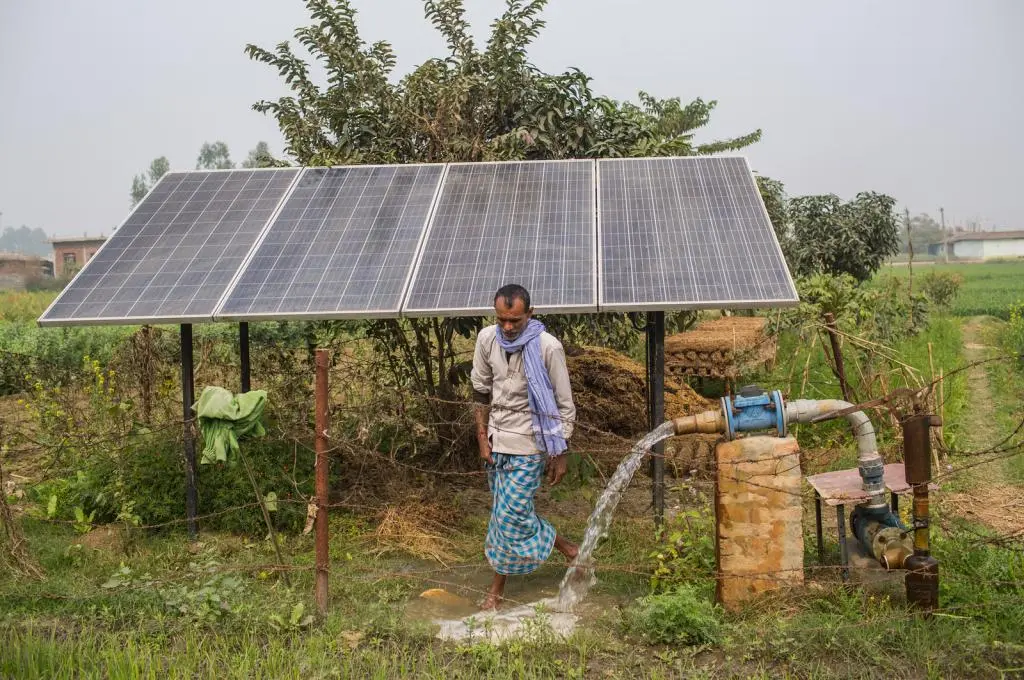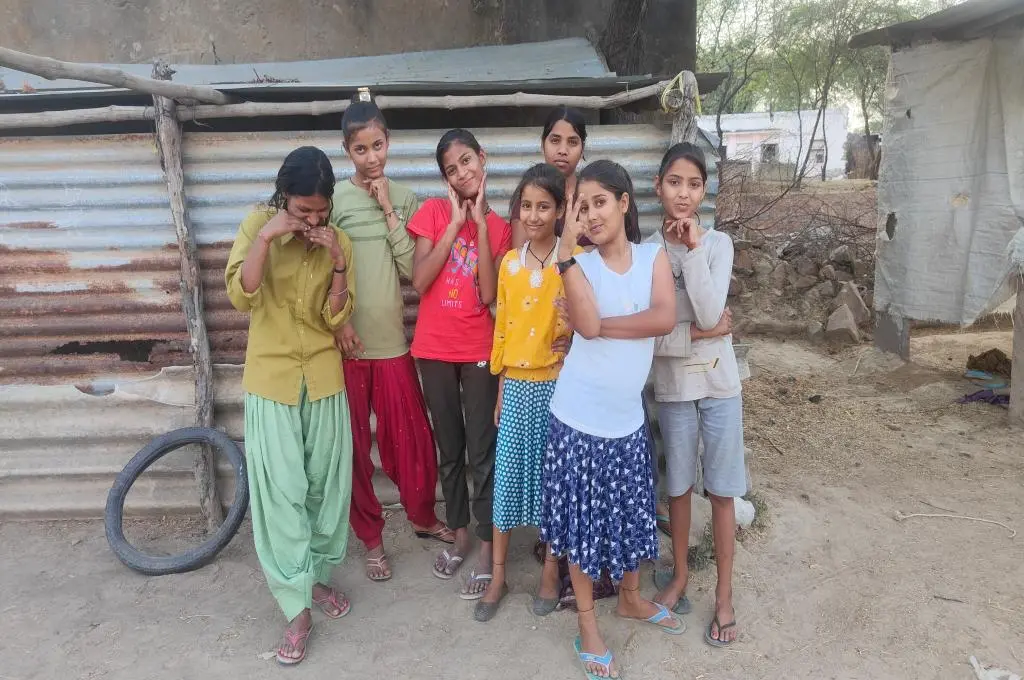Through the work that we have been doing at DESTA with several nonprofit organisations, we have observed that they are aware of the effects of climate change, primarily because they see them, and are also being told of them on the ground by the people and communities they work with. These are organisations working in natural resource management, agriculture, or environment conservation—all of which are closely linked to changes in climate.
Farmers tell them that the excessive use of pesticides and fertilisers, reduces the soil’s ability to remain fertile and makes farming more vulnerable to rainfall changes. Pastoralists talk about how hard it is becoming to cope with the increased climate stress, partly attributable to erosion of common grazing grounds and growth in livestock populations. Nonprofits are also learning about how people are responding to this and are working with them to help them cope better.
The big gap is applied knowledge
How do you convert climate science into action on the ground? The knowledge of climate science exists, but there is little or no information available on how people can take those ideas and that science and use it to mitigate and/or adapt to the rapidly changing environment. What are the pragmatic ways of working on climate change? What are the physical activities one must engage in? How do you understand the interlinkages and solve for them? There might be awareness about the importance and urgency of the situation, but operational pathways on how to respond effectively are missing.
In the absence of this knowledge, most of the responses from the ground today depend on the way people react to circumstances. This probably explains why there is so much maladaptation, thereby leading to greater harm and damage. Maladaptation here is defined as when the solutions for a particular situation or context are adequate in the short term but, in the long-term, create more damage in ways not foreseen initially.
The real problem of maladaptation
Take, for instance, the encroachment of the Orans, which are community conserved forests associated with a deity, for agriculture in Rajasthan. The encroachment provides more land for farming and, therefore, immediate respite to the local farmers in the form of increased incomes. However, in the long run, it erodes the Orans that regulate the microclimate and provide clean water, natural resources for livelihood—including for farming itself—and fodder for livestock. All this reduces the ability of the people to adapt to extreme weather and climate variations in the long run. This makes them prone to undertaking short-term maladaptive practices and creating a downward spiral of more and more ineffective solutions.
The evolution of maladaptive practices precedes the march of climate change.
The evolution of maladaptive practices precedes the march of climate change. For example, communities would traditionally harvest the sand that periodically accumulated from the water flowing into local water bodies (often coming from ridges drawing fine sand from the rocks and stones). Today, as the water flows are drying up, so is the flow of sand and the water in the water body. The communities are now using the bank of the dried-up water body for mining sand, leading to the emergence of a sand mafia and exploitation of the water body or commons. The effects of climate change are adding to these challenges.

The reason people choose some of these maladaptive practices is that it might be their only recourse to survival in the short term. It’s easy for us to comment on what is right and wrong, but most people suffering from the effects of climate and environmental change—be it heat distress, unseasonal and scarce rainfall, falling agriculture yield, repeated flooding, or erosion of natural resources—may feel they have no other immediate option. They are coping to survive while we expect them to proactively adapt for long-term sustainability.
To think beyond a piecemeal solution, we will have to help them expand their boundary of concern—spatially and temporally. This necessitates them to think in systems and enables them to articulate the various interlinked factors that play out in the short as well as long term. And it must be the people themselves—not an external entity—who should come up with the answers to their problems.
The solutions will come from the communities
Nonprofits need to undertake a process wherein communities are able to self-identify the practices they can change. Our experience tells us that engaging people through a participatory systems thinking process makes them test their own assumptions about climate change and how their activities influence or get influenced by it in the short and long run. Repeatedly engaging people in such exercises can lead to the identification of practical ways of developing alternative solutions.
We will have to move beyond the mindset that we can develop a programme that addresses climate risks and solves people’s problems.
Nonprofits can only facilitate the process. We will have to move beyond the mindset that we can develop a programme that addresses climate risks and solves people’s problems. Because adaptation is a very local process, each person in each family and in each community responds to it differently. For instance, in the case of increasing heatwaves in a town, one family may choose to buy an air conditioner (which will lead to more local warming and thereby maladaptation), while another may choose to have family members migrate (coping), while yet another may opt for local materials to build and design a home that promotes passive cooling (proactive adaptation).
Therefore, one needs to create a process—and not a programme—centred around adaptation with the people in the communities that will help them respond to the crisis.
There are two levels at which this process works
1. Nonprofits must learn and apply systems thinking
Nonprofits themselves must go through the process of thinking in systems and undertake collective reflection. Since this kind of facilitation requires experiential learning and self-conviction, one cannot operate from an intellectual understanding alone. Most nonprofits may not know the range of possible options available or the unintended consequences of the solutions they come up with. This is because there are a series of factors that play into solutioning, such as market forces, individual aspirations, culture, and government policies. The nonprofits themselves need support to understand these factors and their interlinkages adequately before they sit with the communities they serve.
At DESTA, we engage with organisations to help them reassess their theory of change using the tools and processes of systems thinking. We get a nonprofit team—across functions and levels—into a room where they jointly reflect on their theory of change and theory-in-use.1 We then help them test some of their own assumptions and expand their boundaries of concern, after which some time must be given for all of this to seep into the organisation’s leadership and processes.
Once the team is ready, we work with the nonprofit to co-facilitate this with the communities it works in. Our work with KRAPAVIS, which focuses on the Orans of Rajasthan, helped the organisation to internalise climate change into its conservation work. It has now started identifying instances of maladaptation in its work and engaging with communities to understand their perspectives on climate change.
In the case of Collectives for Integrated Livelihood Initiatives, we worked with the team to revise their theory of change so they could internalise climate change in their programme. This was done over a series of workshops and sessions, including building team capacity for systems thinking. Today their programme takes cognizance of the long-term impacts of their interventions, considers the limits of what is possible while forming expectations with the community, and effectively communicates this to their donors. Going ahead, we intend to take this knowledge to the community and get their views for the development of governance protocols.
2. There must be a facilitation process with people and communities
This is the second step, and involves getting communities to reflect on their system, and helping them place their actions and responsibilities into the context of the larger system and not just their own interests. And through this process will emerge a set of things that they would want to do differently.
Some of these can be long term, such as changing governance practices for the conservation of commons. These are hard to measure, document, and tangibly develop. They are therefore pieces that will change over time, as people’s mental models and assumptions change. However, a few things, can be done rapidly through activities and interventions, such as developing people’s biodiversity register and including environmental education in local schools.
Businesses, governments, nonprofits, and communities need to transition from creating separate climate and non-climate silos towards a more seamless integration of climate in all forms of work and decision-making. We believe that both organisations and funders will benefit from teasing out the systemic linkages of their work with climate change, in terms of what to work on as well as in deciding what kind of climate-adjacent work to fund. Most importantly though, applying systems thinking will help internalise the intended and unintended consequences of their decisions and that of the community.
—
Footnotes:
- Theory-in-use refers to the beliefs and assumptions about potential actions and their results that shape the way we behave and take decisions. At a collective level, this often gets reflected in the policies and programmes we develop.
—





